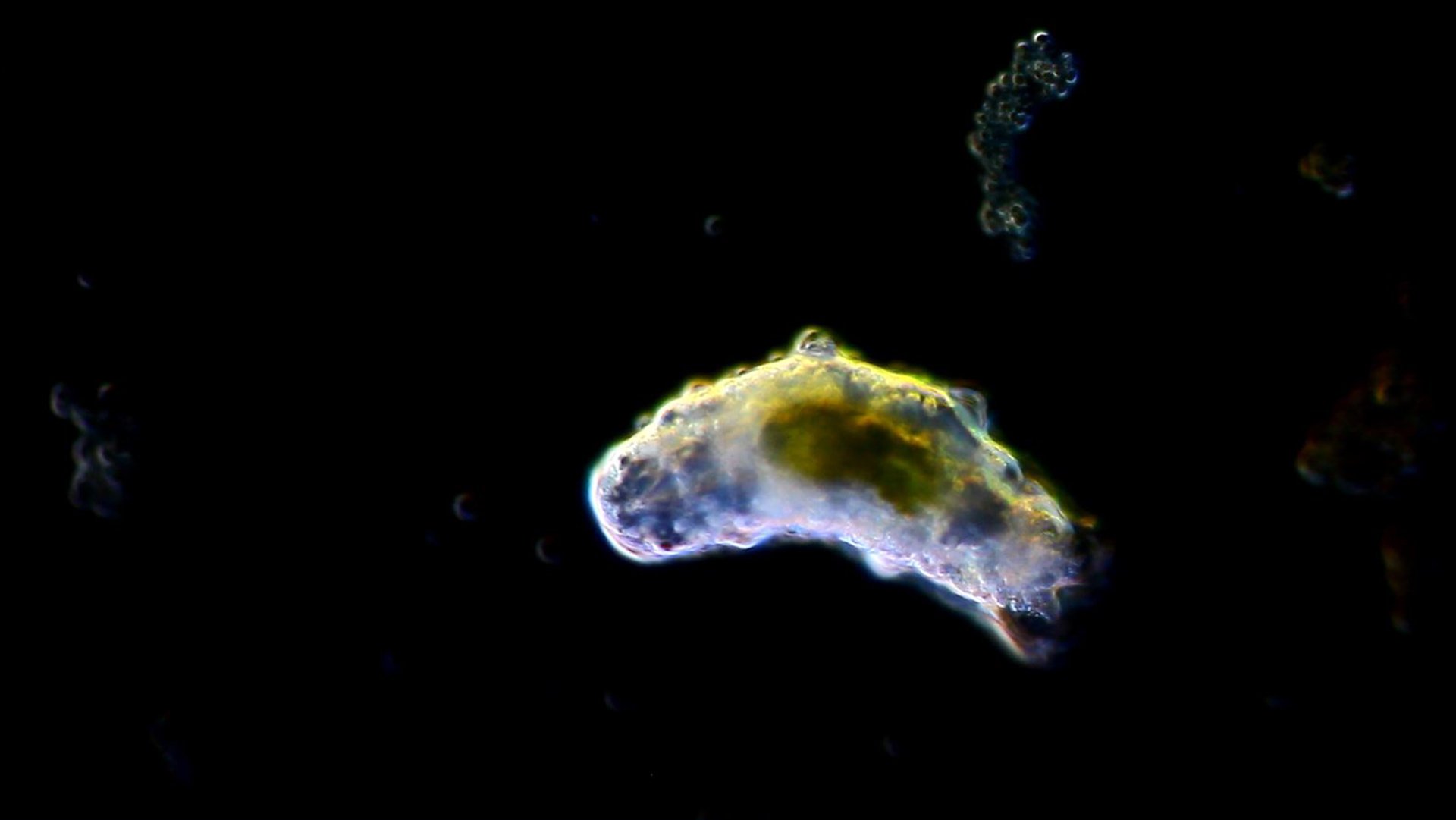DNA research
Over 1,200 species of water bears (Tardigrada) have been identified. They live all around us, as long as they have access to water. Their exceptional ability to survive is what makes them such unique and desirable research subjects. Temperatures from -272 to 150 ˚C, pressure six times greater than that found at the deepest part of the ocean and even the vacuum and cosmic radiation of space are no threat to water bears. A recent study even showed that they would survive almost any kind of disaster, from a supernova to an asteroid collision.
In order to survive, water bears go into a kind of suspended animation. They contract into a smaller version of themselves, with only 3% water in their bodies. This process is known as desiccation. They can even come back to life again after spending 30 years in this desiccated condition, even though their normal life span is only a few months. As soon as conditions allow, they will come back ‘to life’. Just a few drops of water are all they need. In order to find out more about these unusual organisms, Japanese and British scientists examined the DNA of two species of water bears with surprising results.
Special proteins
The team discovered that several specific genes are activated during the desiccation process. These genes ensure the production of proteins that replace the water in the cells, allowing the molecules in the cell to remain intact. As soon as water becomes available again, the cells replenish themselves and the proteins simply dissolve. The scientists also discovered another series of proteins that protect the DNA of the water bears. This may explain how they manage to survive radiation. Radiation is fatal to other organisms, mainly because it affects their DNA.
The researchers feel that this inherited ability to survive could offer many benefits for humans. One such area might be the transport of drugs. Many vaccines are currently frozen. However, this affects their operation, as the freezing process affects much of the biological material. Perhaps we could learn from the water bears, to find ways of transporting and storing vaccines without refrigeration.
Insect, spider or roundworm?
A look at the genome of the water bear has also helped to resolve a long-term controversy. A scientific discussion that has been going on for quite some time concerns the question of whether water bears are more closely related to insects, spiders or roundworms. In terms of structure, at first glance they would seem to have much in common with insects. However, this is contradicted by the fact that water bears have eight legs. By definition, insects always have six legs (Hexapoda means 'six legs'). Spiders, on the other hand, have eight legs. Does that mean water bears are more closely related to arachnids? Genetic research demonstrates that this is not the case either. In order to establish this, the researchers looked at the Hox genes. Hox genes regulate head and tail development and the positioning of the limbs in the embryo. Most animals have ten Hox genes. However, water bears only appear to have five. This is also the case in roundworms, which lack the same five genes. According to the researchers, this is no coincidence, and demonstrates that water bears are more closely related to roundworms than to insects or spiders.

